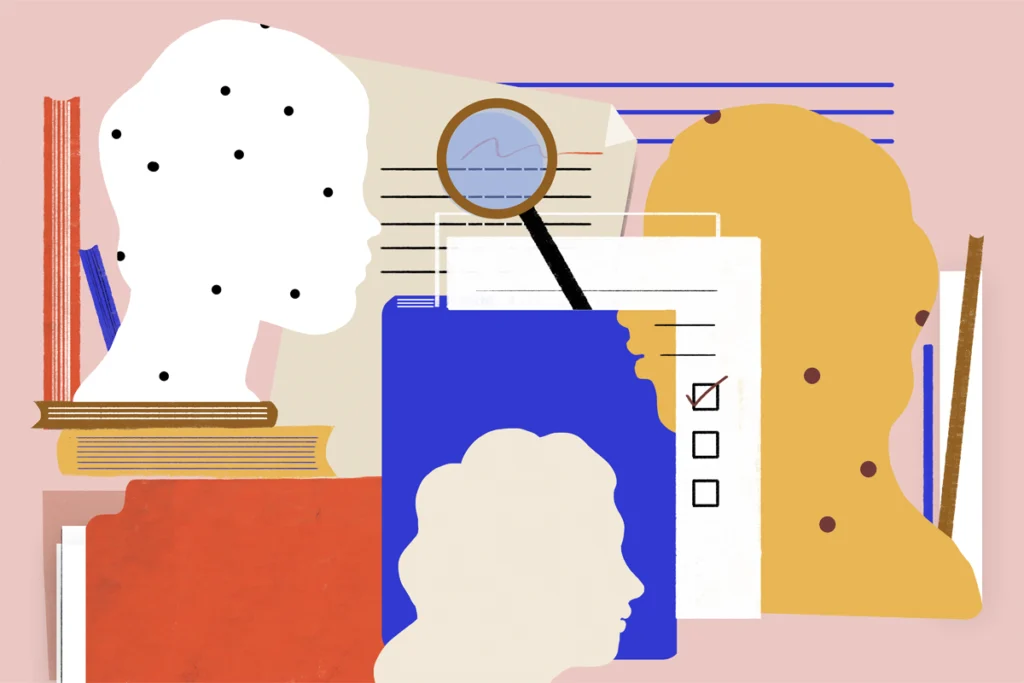Mice missing one copy of DDX3X, a candidate autism gene, have smaller brains and worse motor skills than mice with both copies of the gene, according to a new unpublished study.
Researchers presented the findings virtually yesterday at the 2021 Society for Neuroscience Global Connectome. (Links to abstracts may work only for registered conference attendees.)
Mutations in DDX3X cause a syndrome marked by intellectual disability and developmental delays. Because the gene lies on the X chromosome, the condition primarily affects girls. Many people with the syndrome also have autism and other traits, including motor difficulties, anxiety, hyperactivity and low muscle tone.
At the 2019 Society for Neuroscience conference, researchers in Silvia De Rubeis’ lab at the Icahn School of Medicine at Mount Sinai in New York City first described delayed sensory and motor development in a mouse model of the syndrome that has just one functioning copy of the gene.
The new findings, presented by Marta Garcia-Forn, a postdoctoral researcher in De Rubeis’ lab, confirm the earlier results and expand upon the mouse model’s traits.
“This is the first developmental, behavioral and whole-brain characterization of a mouse model with construct validity for DD3X mutations,” Garcia-Forn says.
Motor skills:
To evaluate motor skills, the team measured how long the mice could run atop a rotating rod before falling off. They also tested the animals’ ability to walk on a balance beam and descend a vertical pole.
Mice missing a copy of DDX3X performed worse on all of the tests than controls did, indicating motor difficulties. The team repeated the tests when the mice were 1 year old and found that these differences had become even more pronounced.
Because DDX3X syndrome was first described in 2015, most people known to have the condition are young. But one woman in her 40s with the condition has shown declining motor skills with age, Garcia-Forn says, in keeping with the team’s finding in mice.
The researchers also gave the mice mild shocks and then measured whether they froze — a sign of fear — when they re-entered the area where they had been shocked. The altered mice froze less often than controls, indicating that their memory of the event was impaired.
Mice with just one copy of the gene had reduced brain volume on magnetic resonance imaging scans in early life, even when adjusting for their below-average body size. The brain changes were most pronounced in the limbic system, which is involved with emotions, memory and the olfactory system.
Read more reports from the 2021 Society for Neuroscience Global Connectome.





